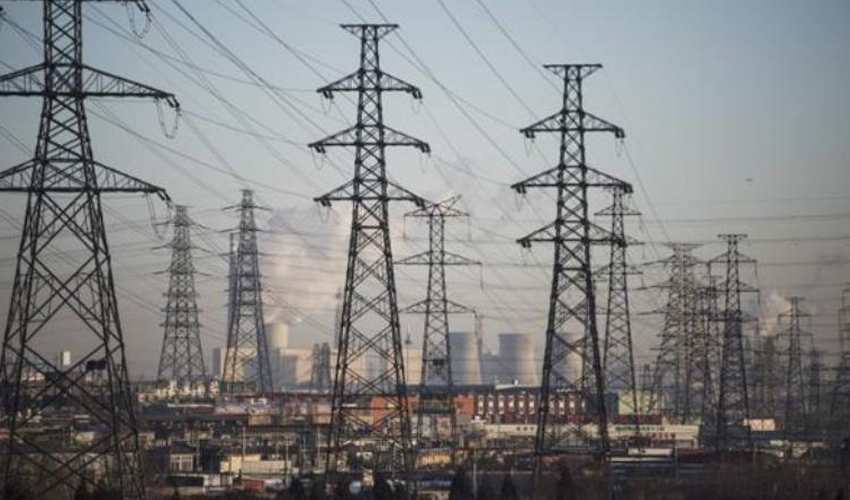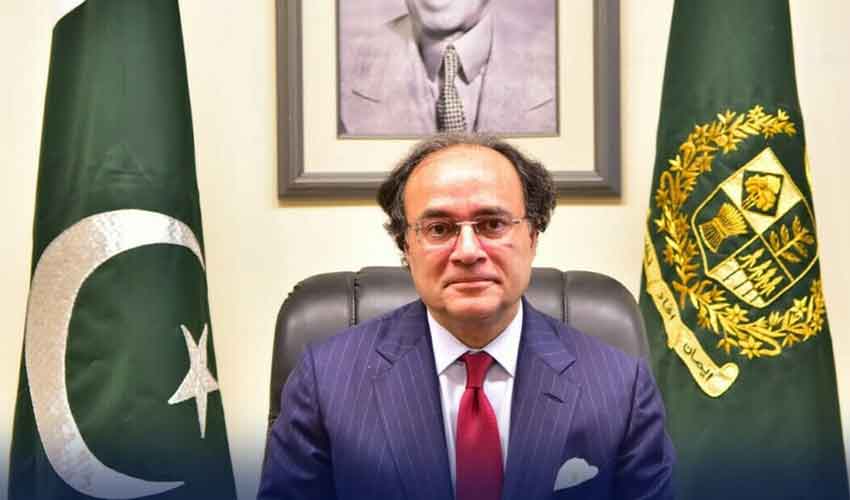The federal government is contemplating a significant change in the tariff structure for electricity and gas, with proposals under consideration to determine tariffs on a seasonal basis rather than maintaining a permanent rate throughout the year.
Sources say that the proposed changes aim to adjust tariffs seasonally to encourage increased use of electricity during the winter months when demand is typically lower.
They also indicate that by reducing electricity rates in winter, the government hopes to alleviate the financial burden of capacity payments on consumers. Currently, electricity demand in winter drops to around 10,000MW compared to 25,000MW in the summer.
Additionally, the proposal includes the introduction of lower gas tariffs during the summer months to promote its use when electricity demand is higher.
Also Read: Mixed relief: Electricity prices increased, decreased at the same time
Final approval for these seasonal energy tariffs will be sought from the federal cabinet. If approved, the new tariff structure could be implemented soon, marking a significant shift in how energy costs are managed in the country.
Meanwhile, electricity consumers across the country face a mixed bag of news as the National Electric Power Regulatory Authority (NEPRA) announces adjustments to electricity tariffs.
Also Read: Pakistan identifies world’s fourth-largest oil and gas reserves
While there is some relief in the form of a minor decrease in monthly fuel adjustment charges, a significant increase has been approved under the quarterly adjustment framework.
In a recent decision, NEPRA has approved a reduction of 37 paisas per unit in electricity rates as part of the monthly fuel adjustment for September. This reduction is expected to provide some financial relief to consumers on their upcoming electricity bills.
However, in contrast, NEPRA has also approved a substantial increase of Rs1.75 per unit as part of the fourth-quarter adjustment for the financial year 2023-24. This quarterly adjustment will result in higher electricity costs for consumers, with the additional charges set to be collected in the bills for September, October, and November.


























